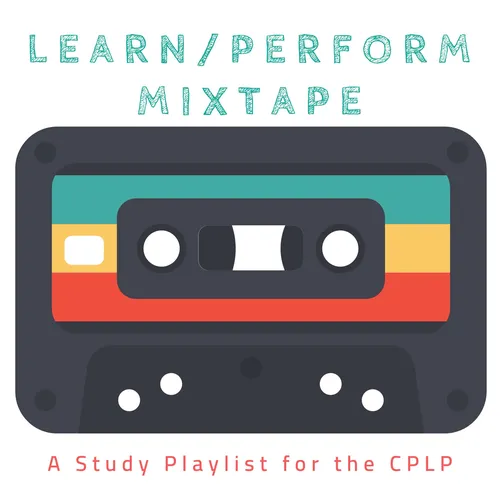1.10. Group Dynamics Processes
- Author
- Laura Pasquini
- Published
- Sun 10 Nov 2019
- Episode Link
- https://share.transistor.fm/s/c95e2d4d
AOE 1. Performance Improvement; Sub-section 1.10. Group Dynamics Process
Learning objectives for Group Dynamics Processes:
- Explain group dynamics
- Explain why understanding group dynamics is important in improving performance
- Explain groupthink
- List strategies to ensure full group participation in team decisions
- List behavioral styles of individuals
- Describe the Tuckman model
- List the five stages in the Tuckman model
- List the five stages in Cog’s Ladder
Group dynamics: the interaction of individuals working or learning together & includes things like setting goals, communicating, making decisions, providing leadership,& resolving conflict; facilitation strategies can affect and impact these dynamics, as shared in Ep. 1.7.
Personal identity issues: Will I belong? Will I be listened to? Will I have a chance to contribute?
Relationship issues: Will everyone get along? How will people from different departments and levels interact? Will the working atmosphere be friendly or businesslike? Will communication be open?
Inclusion Practices
- Establish clear communication methods and styles
- Establish agreement and maintain focus on the objectives, goals, and mission of the team and project with clear defined relationships
- Assist team members with relationship building - introductions, social meetings, etc.
- Ensure that team members remain connected to daily work
- Become familiar with any cultural differences, and address these differences with individuals and with the team
- Establish a code of conduct - communication style, conflict management, roles in the group, consequences of conduct, norms, meeting expectations, etc.
Groupthink “occurs when a group of well-intentioned people make irrational or non-optimal decisions that are spurred by the urge to conform or the discouragement of dissent. This problematic or premature consensus may be fueled by a particular agenda or simply because group members value harmony and coherence above rational thinking.”
Conditions that allow for groupthink: isolation of the group, high group cohesion, directive leadership, lack of norms related to methodical decision-making procedures, homogeneity of members, and high stress from external threats.
Ways to avoid groupthink:
- Assign a member of the group the role of devil’s advocate to argue against the consensus view
- Create avenues for anonymous feedback e.g. suggestion forms/boxes
- Provide mechanisms in which any member of the group is free to appeal to someone outside the group
- Ensure the group uses methodological decision-making processes
Decision-Making Processes — see Ep. 1.7.; allow others to contribute their ideas and perspectives and allow the group to avoid narrow thinking. E.g. brainstorming, nominal group technique, affinity & interrelationship diagramming
Social Psychology Dynamics: behavioral styles categorize personality differences, information-processing styles, and social interaction differences. One common way to identify behavioral style model is the DiSC Personality Profile (Marston, 1928) refers to the four basic behavioral styles:
- Dominance (direct and decisive)
- Influence (optimistic and outgoing)
- Steadiness (sincere and cooperative)
- Conscientious (concerned and correct)
What’s your DiSC Personality? Find out: https://www.123test.com/disc-personality-test/
Tuckman Model of Group/Team Development
- Forming
- Storming
- Norming
- Performing
- Adjourning
Cogg’s Ladder: Model of Team Development
- The Polite Stage
- The “Why Are We Here?” Stage
- The Power Phase; Bid For Power
- The Cooperation Phase; Performance Progress
- The Esprit de Corps Phase; Synergy
What sort of models do you use for team development? Are there assessments that you prefer for assessing individual and group dynamics? Let me know!
